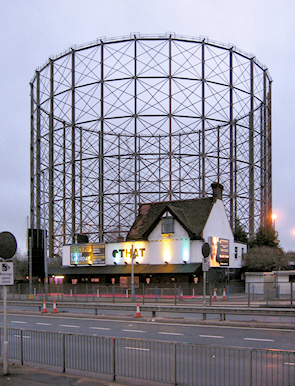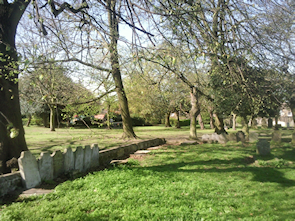East Greenwich
East Greenwich, Greenwich
The historically industrial side of Greenwich, including (by many definitions) the former marshland of the Greenwich Peninsula

One of the first structures to be built in East Greenwich was the government powder magazine. Throughout the 17th century it tested, stored and distributed gunpowder, to the increasing apprehension of the growing residential population.
The powder magazine was demolished in 1802 and the site later acquired by the Enderby family, Bermondsey tanners who had married into the whaling trade. One of the exploratory voyages that they funded resulted in the discovery of Antarctica’s Enderby Land, as it was named.
Around the same time, local landowner George Russell built New East Greenwich, which consisted of a large tidal mill for grinding corn, together with workers’ housing, some of which still stands, in River Way. The great mill became a chemical works in the 1840s before being replaced by a power station. In the 1850s the new technology of cable-making began life at East Greenwich, and the first Atlantic cable was made here. The site is still in use by Alcatel.
In the 1880s the South Metropolitan Gas Company built its East Greenwich works. The two gasholders were the biggest in Europe; only one holder in America ever surpassed them. The smaller of the pair still stands, described by Richard Boston in The Guardian as “a very fine gasometer indeed with a visually intriguing criss-cross of girders that rather upstages the Dome.”

Marked with a black outline on the map below and shown in the photograph on the right,* East Greenwich Pleasaunce is a tree-lined garden that served as a burial ground for around 3,000 sailors who died at the Royal Hospital for Seamen. In 1926 the Admiralty sold the pleasaunce to the borough of Greenwich, retaining the right to use part as a burial site ‘in perpetuity’. Nowadays, the verdant pleasaunce is graced by Pistachios in the Park (an eco-friendly café) and a community centre called The Bridge. A market is held here on the last Sunday of every month and an al fresco cinema occasionally pops up in summer.
Postal district: SE10
Further reading: Mary Mills, Greenwich Marsh: The 300 Years before the Dome, Greater London Industrial Archaeology Society, 1999
